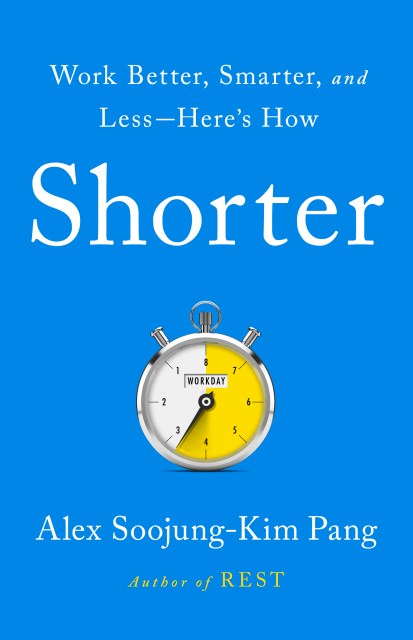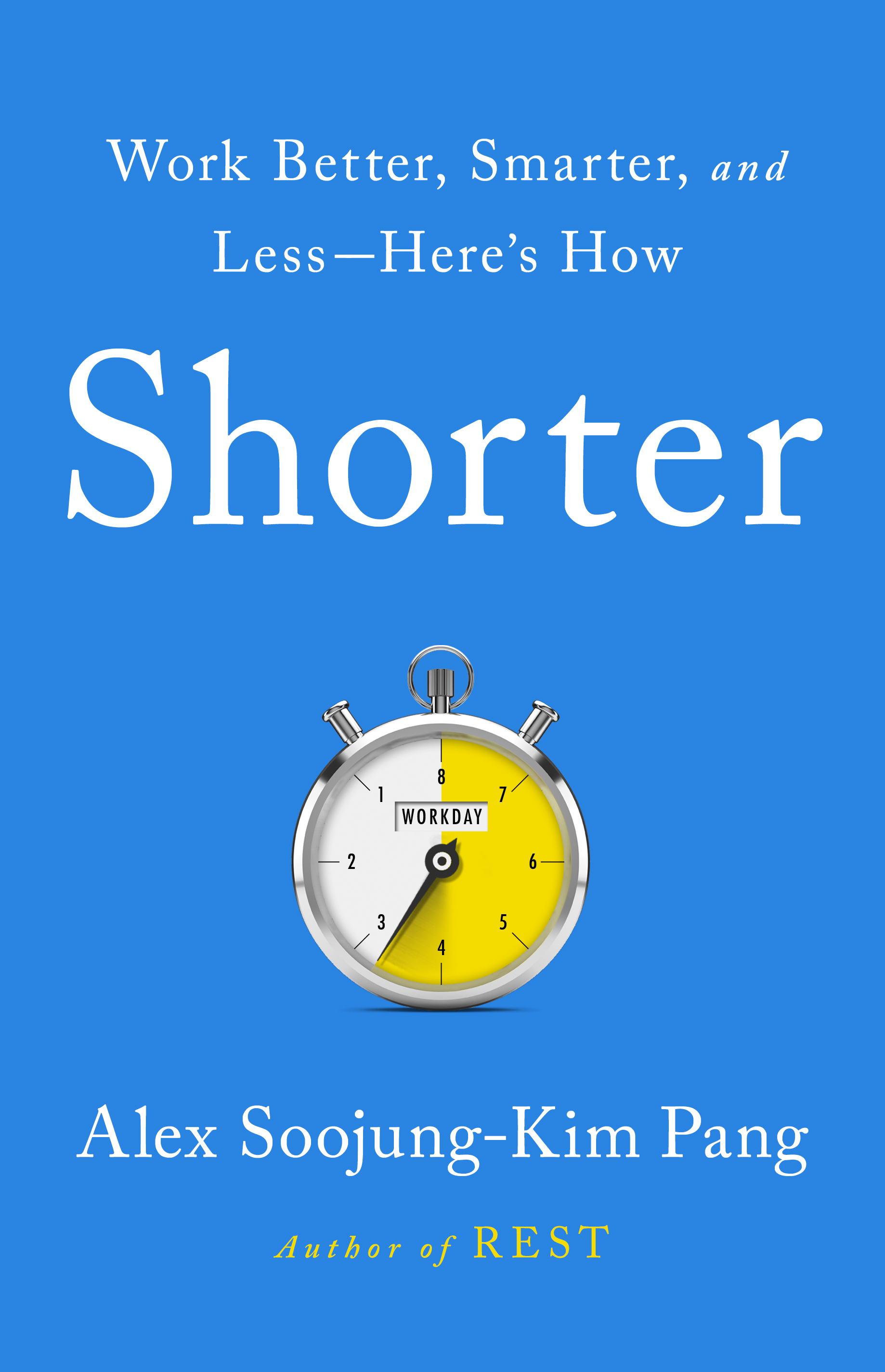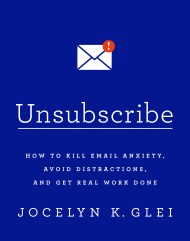Promotion
Use code BEST25 for 25% off storewide. Make sure to order by 11:59am, 12/12 for holiday delivery!
By clicking “Accept,” you agree to the use of cookies and similar technologies on your device as set forth in our Cookie Policy and our Privacy Policy. Please note that certain cookies are essential for this website to function properly and do not require user consent to be deployed.
Shorter
Work Better, Smarter, and Less—Here's How
Contributors
Formats and Prices
- On Sale
- Mar 10, 2020
- Page Count
- 320 pages
- Publisher
- PublicAffairs
- ISBN-13
- 9781541730700
Price
$16.99Price
$20.99 CADFormat
Format:
- ebook $16.99 $20.99 CAD
- Hardcover $28.00 $35.00 CAD
- Audiobook Download (Unabridged)
This item is a preorder. Your payment method will be charged immediately, and the product is expected to ship on or around March 10, 2020. This date is subject to change due to shipping delays beyond our control.
Buy from Other Retailers:
-
"This is one of the most hopeful books I have read about the state of modern work. In Shorter, Alex Soojung-Kim Pang shares not only the stories of the creatives and visionaries around the world who are pushing back against always-on burnout culture, but he gives a practical, step-by-step guide for how they did it, why it matters--for all of us--and how others can follow their lead. A must-read for anyone who cares about the now or the future of work."Brigid Schulte, award-winning journalist, author of the New York Times bestselling Overwhelmed: Work, Love & Play when No One has the Time, and director of The Better Life Lab at New America
-
"It's time to question everything we think we know about work, starting with how long we need to do it. Shorter makes a strong case for working less, showing us how any business can profit from giving their workers more free time. Pang provides a step-by-step guide for leaders who are ready to liberate their people from the tyranny of the 40-hour work week."Carmen Medina, coauthor of Rebels at Work and former director of the CIA's Center for the Study of Intelligence.
-
"Who said a full workweek has to be five days? What if less is actually more? In Shorter, Alex Soojung-Kim Pang inspires us with a powerful vision: A shorter, but more productive and enjoyable workweek. I hope this book sparks a revolution in how--and how much--we work!""Valorie Burton, founder and CEO of the Coaching and Positive Psychology (CaPP) Institute and bestselling author of Successful Women Think Differently
Newsletter Signup
By clicking ‘Sign Up,’ I acknowledge that I have read and agree to Hachette Book Group’s Privacy Policy and Terms of Use







